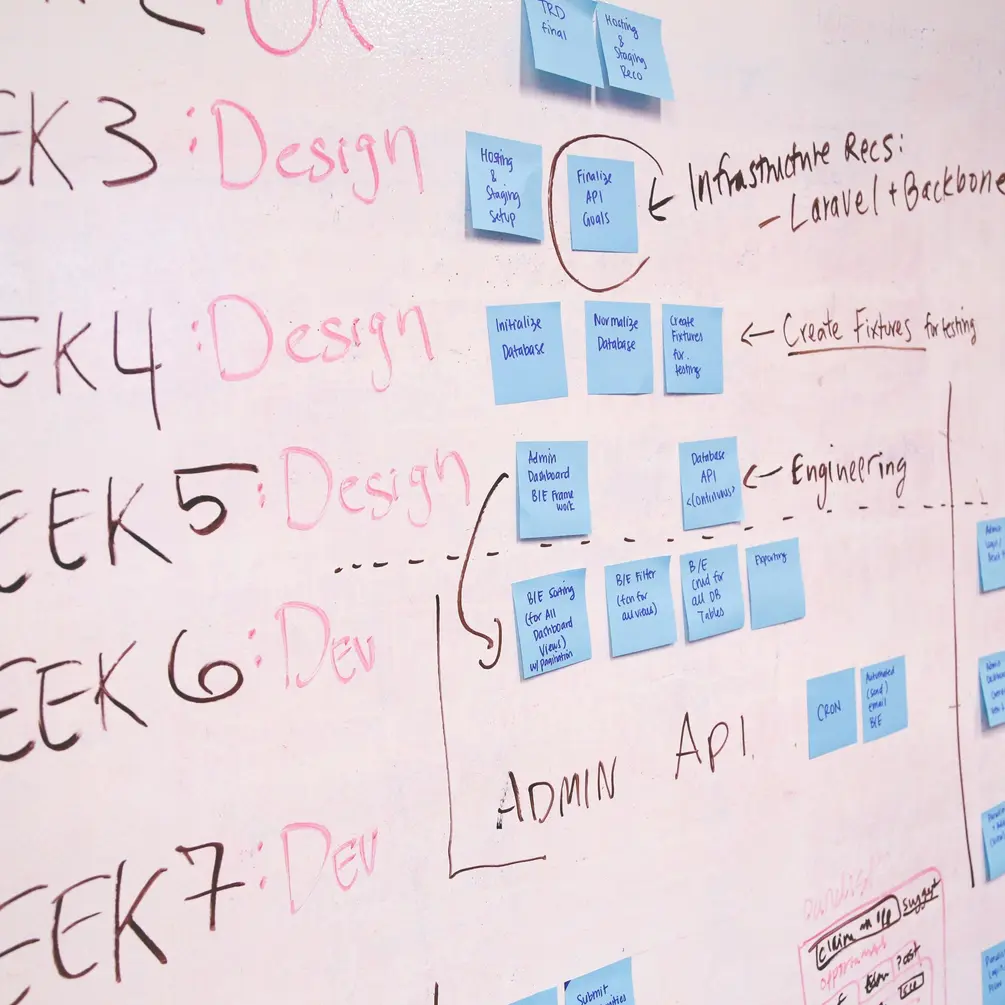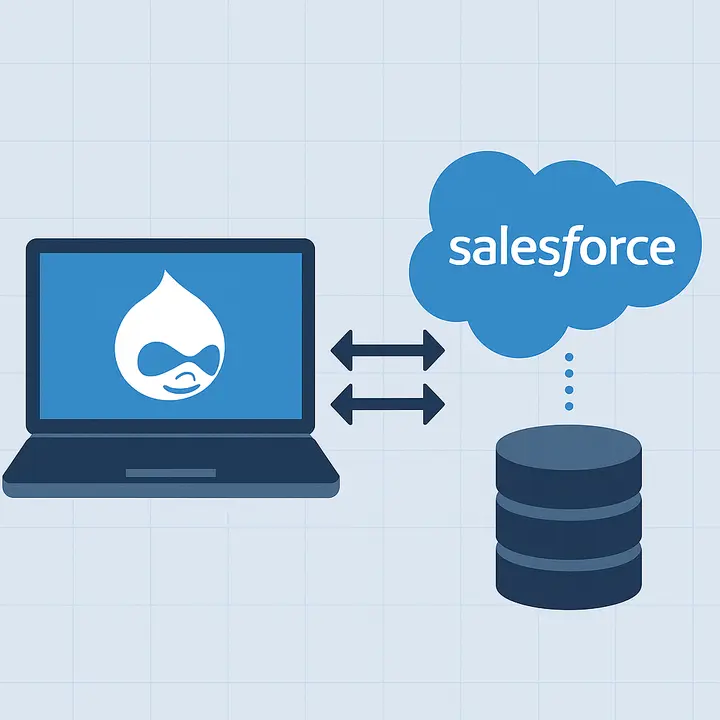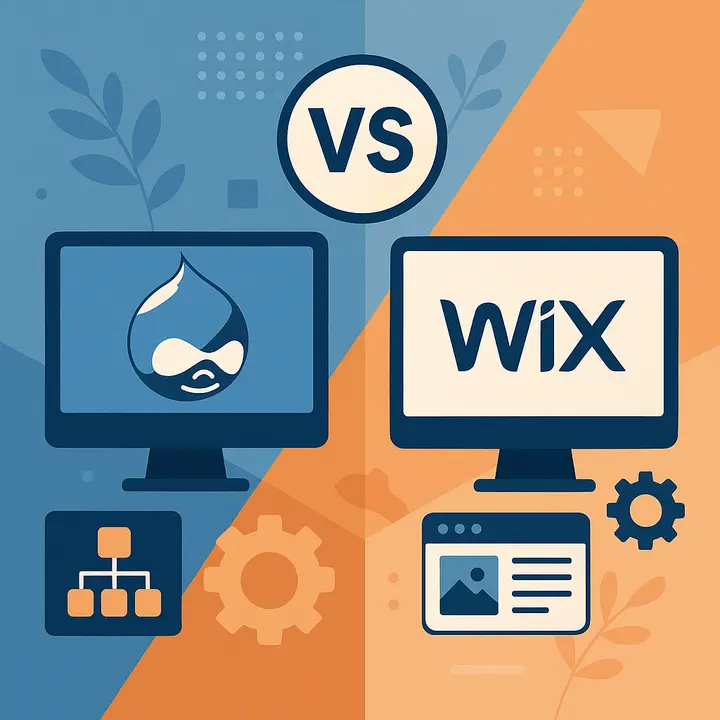Why Continuous Improvement is Important in Web Development?
In addition to the overall enhancement in project management, the Agile approach provides a set of improvements for development teams, customers, and digital agencies. Sticking to the same approach in software delivery not only keeps the progress on the same line but also can reduce it significantly. Thanks to Continuous Improvement, Agile teams review and improve their processes regularly while experimenting with new ideas and techniques. Thus, the collaboration aspect grows making a development team a self-organizing and constantly evolving structure. With such independent and open-to-innovation teams, clients get high-quality products and their customer satisfaction rates skyrocket. Happy customers = happy digital agency!
Key Advantages of Continuous Improvement in Agile
Here, Drupfan specialists outline the key advantages of Continuous Improvement in Agile:
- Improved Project Quality: Continuous Improvement helps to find and address any errors, bugs, and code discrepancies, as well as see potential pitfalls and vulnerabilities in advance and fix them before the website goes live. Thus, the quality of the final product significantly increases.
- Better Team Efficiency and Productivity: Continuous search for opportunities to become more productive increases the overall efficiency of the web development team.
- Increased Customer Satisfaction: By implementing a Continuous Improvement approach, web development teams deliver products with boosted efficiency and reduced damage which significantly increases customer satisfaction rates.
- Lowered Waste: Identifying and addressing any issues in each iteration, as well as implementing discovered improvements in future stages, lowers the waste of time & budget gradually.
- Capturing of Improvements: the detailed retrospective and documentation of iterations helps to identify and capture improvements to implement them in future projects.
How to Manage Continuous Improvement in Web Development?
Implementing and managing Agile Continuous Improvement in web development is a challenging task. Its success depends on the involvement of the whole team, and not only the Project Manager. Let’s see how to manage it effectively:
- Identify the goals and objectives of the project.
Every project should have clear goals and objectives, so the team is aware of what they need to achieve and how the final product should look & operate.
- Identify the goals and objectives of the team.
Besides project goals, each team should have specific objectives for personal growth & tech stack improvement. Having a clear team goal helps team members to learn & grow professionally while facing challenges and not remaining in the same place.
- Organize regular retrospectives within a team.
Set a retrospective meeting after each iteration to analyze mistakes, their potential solutions, as well as points for growth and improvements. It is crucial not only to talk but to develop a plan for improvements and practice new knowledge in the next iteration.
- Be open for help and support.
Although each team member should be able to deal with his own set of tasks, each specialist has to be open to assisting others if they need support. The Project Manager is responsible for organizing regular training classes or workshops.
- Identify key metrics to track the progress.
Without clear measured goals, progress can’t be continuous. Identify key metrics to measure during project development, as well as personal goals for each team member. This will help you to see whether your team is growing and improving.
- Continuously improve your results.
Based on the all points mentioned above, make sure that Continuous Improvement becomes an essential part of web project delivery. Keep track of development results and strive to improve measured metrics regularly.






